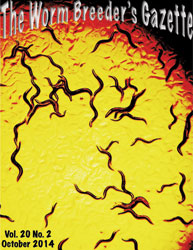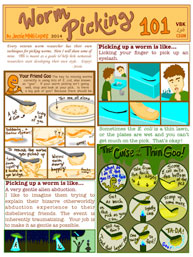xpc-1 is the C. elegans homolog of the human xeroderma pigmentosum complementation group C gene, which plays a key role in the identification of DNA damage in the nucleotide excision repair (NER) pathway. Stergiou et al. (2005) found that the RB885 strain of C. elegans, which carries an intronic deletion in the xpc-1 gene, showed an altered apoptotic response to ultraviolet C (UVC) radiation. We tested whether the RB885 strain would exhibit decreased repair of UVC-induced DNA damage, as we observed for another NER mutant, xpa-1 (Meyer et al., 2007). We used dauer larvae in order to eliminate cell division as a potential confounder for our DNA repair assay. DNA repair was not detectably altered in RB885 as compared to either N2 or glp-1 (JK1007) dauers (Fig. 1), using the F33H2.6 target to measure DNA damage. Similarly normal repair was observed in 9 additional nuclear targets. Dauer larvae, nuclear targets used to assess DNA damage/repair, UVC exposures and DNA damage measurements, were as described in Meyer et al. (2007).
We confirmed the presence of the deletion in the RB855 genome using previously-developed primers (Aceserver at UBC), and detected only one unique full-length xpc-1 mRNA in dauer and mixed-stage xpc-1 nematode populations, also using previously-developed primers (WorfDB). Furthermore, we detected no differences in levels of xpc-1 mRNA expression either in unexposed or UV-exposed dauer or mixed-stage xpc-1 and N2 nematodes. xpc-1 mRNA expression was induced modestly (1.5- to 2-fold) in both strains 24 h after UVC exposure (dauers exposed to 50 J/m2 UVC; mixed-stage exposed to 200 or 400 J/m2 UVC). For mRNA level analysis, we designed primers (forward, 5’- CGGAAGATGAATGGGAAGAA-3’ and reverse, 5’- GTCCATTGCGTATCGTTGTG -3’; product size 962 nt) for use in RT (reverse transcription) PCR. Those primers were designed to include exon-exon junctions to preclude the amplification of any contaminating DNA.
Figures
References
Meyer JN, Boyd WA, Azzam GA, Haugen AC, Freedman JF, Van Houten B. (2007). Decline of nucleotide excision repair capacity in aging Caenorhabditis elegans. Genome Biol. 8, R70. 
Stergiou L, Doukoumetzidis K, Sendoel A, Hengartner MO. (2007). The nucleotide excision repair pathway is required for UV-C-induced apoptosis in Caenorhabditis elegans. Cell Death Differ. 14, 1129-1138. 





